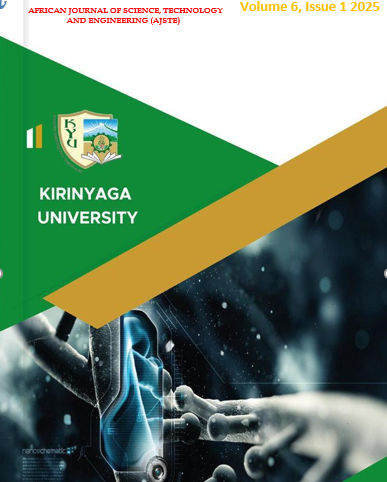PREDICTING URBAN SPRAWL PATTERNS USING INTEGRATED MARKOV CHAIN, CELLULAR AUTOMATA MODELS AROUND ELDORET TOWN, KENYA
Abstract
One of the rapidly growing urban problems in the 21st Century is the emergence of unplanned settlements around urban centers. These settlements put considerable burden on major urban centres even though they offer necessary services. Studies have shown that these settlements are attracted by some factors such as roads, existence of utilities such as water and electricity, among others. This study applied the CA-Markov model to known land use changes between 2016 and 2020 and selected change factors to predict 2029 land use patterns and isolate expected sprawl areas around Eldoret town. The CA-Markov models predicted new sprawl settlements mostly along roads (linear developments) and some isolated settlements (leapfrog pattern), increasing from 138.91 km2 in 20202 to 154 km2 in 2029. The predicted settlement patterns are consistent with prior observed developments between 2016 to 2020. The Uasin Gishu County government can guide future urban development by providing or restricting these change factors.


